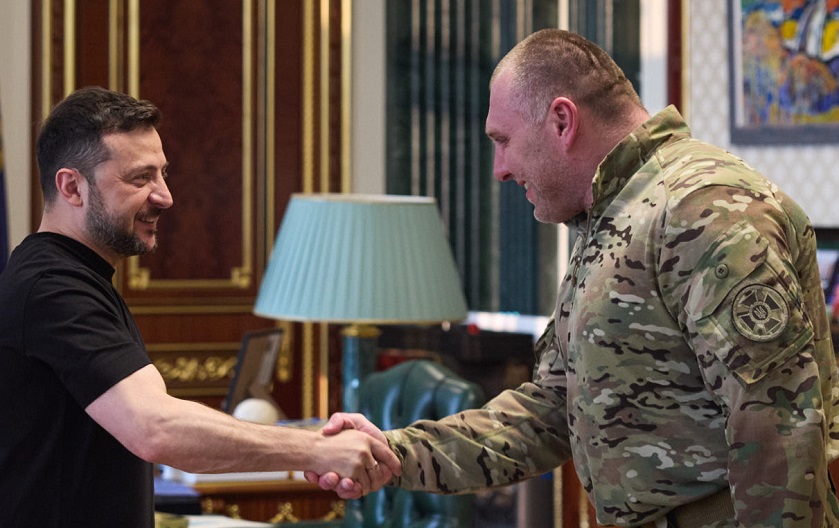
Ukraine’s ‘Spider Web’ Drone Strike Hits 40 Russian Aircraft
In an unprecedented escalation, Ukraine executed a large-scale drone assault on June 1, 2025, targeting five critical Russian airbases under “Operation Spider Web.” Ukrainian officials confirmed that over 40 military aircraft, including bombers and surveillance planes, were damaged or destroyed. The targeted sites included Belaya, Dyagilevo, Ivanovo Severny, Olenya, and Ukrainka airbases—locations that span across central and northern Russia, some close to the Arctic.
This marked Ukraine’s deepest strike into Russian territory since the war began, signaling a dramatic evolution in the conflict’s scale and intensity. The operation was reportedly carried out under the direction of Ukraine’s Security Service (SBU) and military intelligence units.
Ukraine Used FPV Drones Hidden in Mobile Cabins
What made Operation Spider Web uniquely innovative was its logistics and execution. Ukraine used 117 first-person view (FPV) drones, hidden inside mobile wooden cabins mounted on civilian trucks. These were covertly driven into Russian territory under the guise of regular transport, allowing Ukraine to deploy drones from close range without detection.
The drones specifically targeted high-value assets such as Tu-95 and Tu-22M3 bombers and the A-50 airborne early warning aircraft. The strike on the A-50 is considered a major success, as the aircraft provides critical radar coverage and coordination for Russian fighter jets and missile defenses.
Ukrainian President Volodymyr Zelenskyy called the attack a “brilliant tactical operation,” and the Ukrainian military has hinted that more such deep-strike missions could follow.
Strategic Blow to Russia’s Airpower and Morale
The attack has caused significant disruption to Russia’s long-range offensive capability. Losses of strategic bombers and surveillance aircraft not only weaken Russia’s deterrence power but also undermine its ability to conduct precise air operations in Ukraine. Satellite imagery released after the strike confirmed extensive fire damage and secondary explosions at several airfields.
Russian defense officials admitted that multiple aircraft caught fire, particularly at Olenya and Belaya, though they claimed that defenses at other sites repelled the attack. Moscow labeled the operation as a “terrorist act” and vowed retaliation but did not disclose the full extent of the losses.
The psychological effect is equally critical—Operation Spider Web has shown that Ukraine is capable of delivering long-range, precision strikes deep within Russia, shaking the perceived invulnerability of Moscow’s strategic rear areas.
Shift in Battlefield Tactics and Negotiation Dynamics
The strike comes just days before scheduled peace talks in Istanbul, adding a new dimension to the negotiations. Analysts suggest that Kyiv may have used the operation to strengthen its bargaining power and to show that it can match Russia not just defensively but offensively as well.
The success of such drone tactics also raises serious questions about the effectiveness of traditional air defenses. Russia’s inability to stop 117 drones from causing catastrophic damage could prompt a strategic reassessment of its layered air defense architecture.
As the war increasingly relies on drone and asymmetric warfare, Operation Spider Web may become a template for future conflict—both for Ukraine and other nations observing how technology can neutralize conventional military advantages.


















